Memorial Day: Remembering the fallen who have shown us the wars
Memorial Day: Now that I’ve said it, which images, be they few or many, are streaming through your mind? A flag with the sun behind it? our president saluting at the Tomb of the Unknowns? Soldiers poised in reflection of their fallen brethren? Undoubtedly, these are iconic of this day of remembrance. But we sometimes forget the others who stood front and center in the line of fire and fell, not with guns, but with cameras.
Today, especially with the Internet constantly at the ready, it is easy to pull up images from wars past and present. Since the beginning of photography in the first half of the 1800s, photographers have pointed their cameras at just about every truth in life including the horrors and magnitudes of war. Nothing will bring the reality of war home quite like the unbiased eye of the lens. However, what many might not know, or want to think about, is the very real and very equal danger these photographers place themselves into while capturing this reality.
According to a Wikipedia entry on the subject, in the beginning, being a military photographer merely meant being embedded with the troops taking mostly before and after shots of battles, posed soldier portraits, or even re-staging battle scenes to bring the essence of the war to civilians. This was due largely to the fact early daguerreotype technology required a very long wait time (several minutes) to capture a relatively stationary image on film. This made accurate battle photography impractical if not impossible.
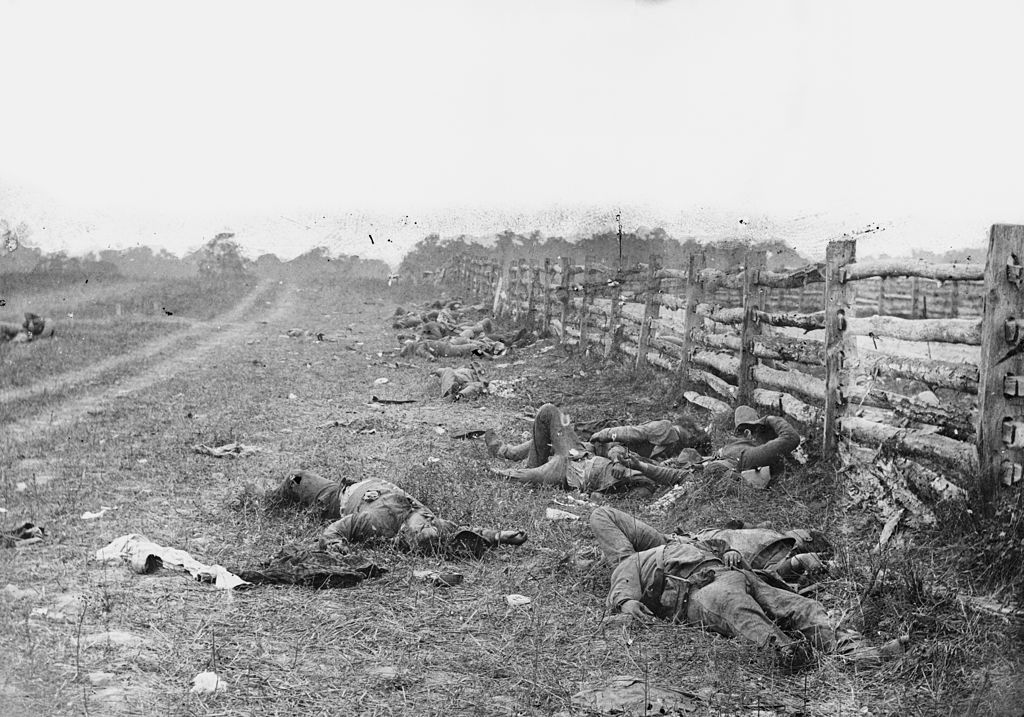
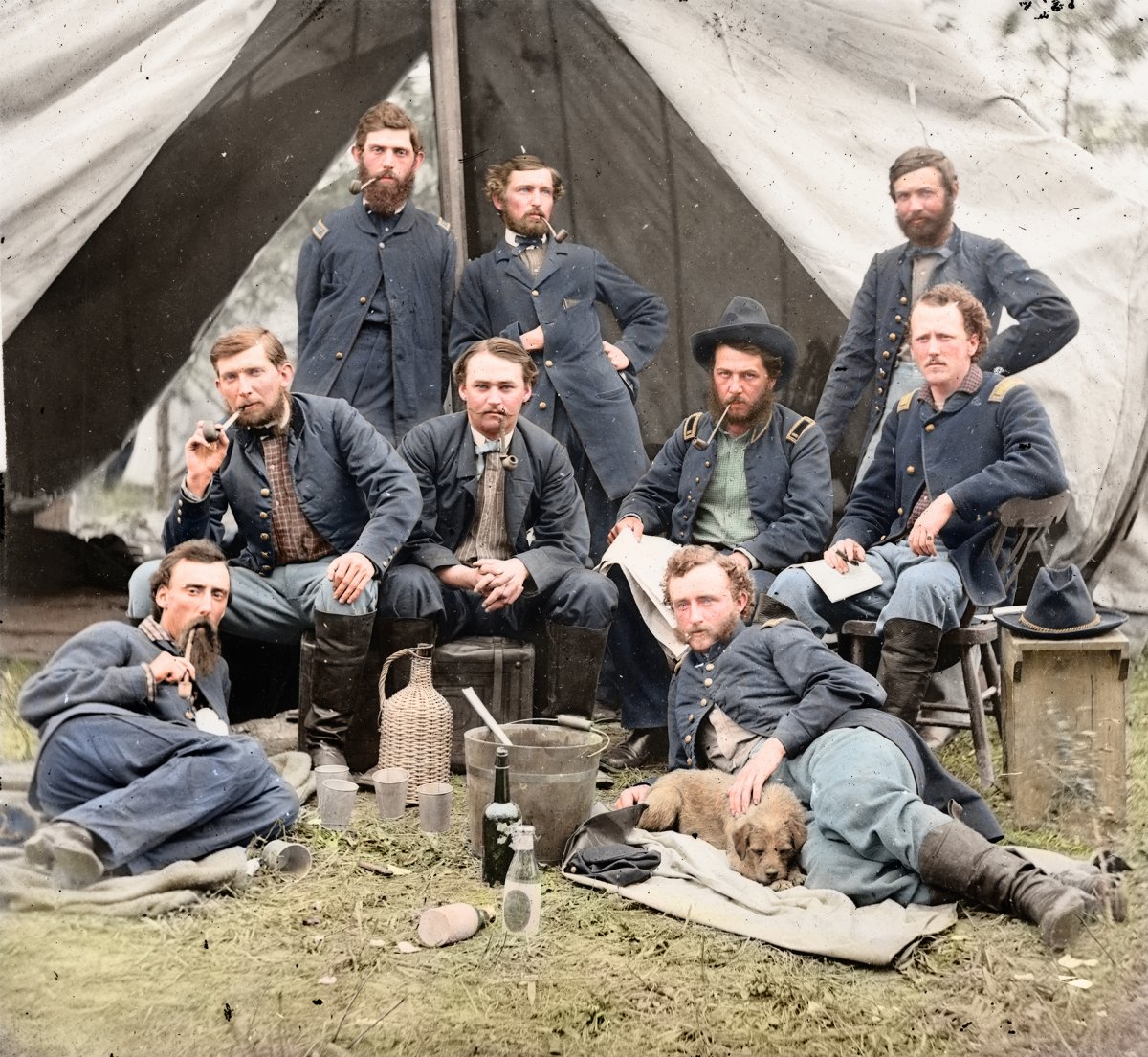
This little technicality left us with many wonderfully archival images of wars such as the Mexican-American War and American Civil War. It also left many wartime photographers of that era (Photographers of the American Civil War) high and dry when it came to actual combat. Since then, things have changed…
As film became standardized and tailored to capture images in less than a blink of an eye, brave photographers began diving headlong into battle right alongside the soldiers. While this brings an excellent visual source of raw, realistic archives to our history, it also also places these brave lens-wielders in a situation where they can be hurt or even killed…and many have been.
A good example is this of Time Life photographer Robert Capa (The Magnificent Eleven: The D-Day Photographs of Bob Capa) who landed with the troops on Omaha Beach on that fateful day in 1944. According to this website’s account, Capa was known to say “If your pictures aren’t good enough, you aren’t close enough.” As a photographer, this is a sentiment I hold dear after having goofed once in my days as a photojournalist in Nevada. While my missed opportunity could not hold a candle to what these brave men and women face under the same principal, the truth of the matter is: They have to be in close to do their jobs and being close means ignoring the very real possibility of grizzly death.
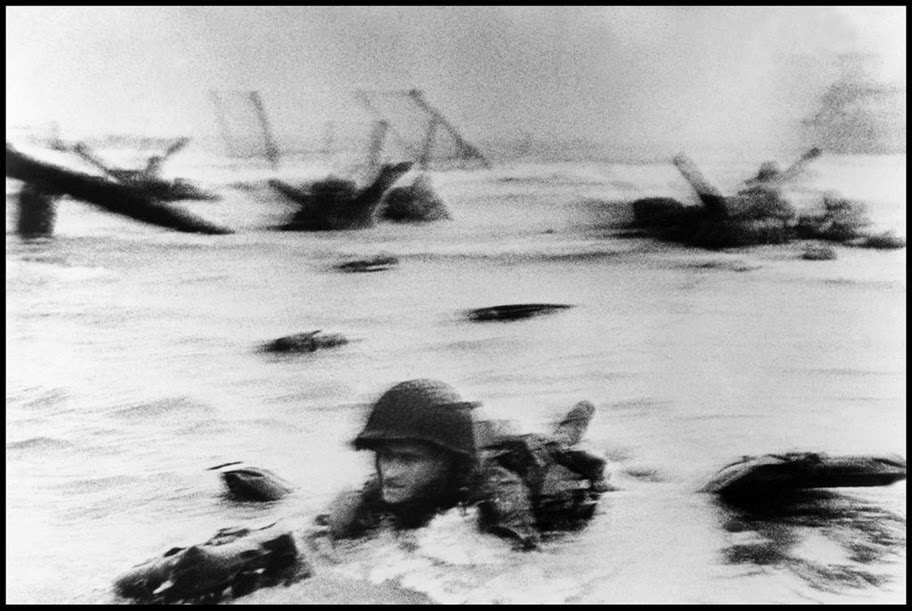
Unfortunately, Capa is an example of a wartime photographer to honor on this day of remembrance. In 1954, while pushing in to get close to the action in a conflict between the French and the Viet Minh in Indochina, a land mine took his life. He was 40.
The grim, dangerous job of wartime photographer continued through our many wars including the Korean War and Vietnam and pushes through into modern times.


Photo courtesy of the dailymail.co.uk
Today, photography has advanced to not only capture the action, but also to allow an image to be taken, roughly processed and uploaded to the world in literal seconds. And with wars being on a much more broadcasted scale than ever before, many more lenses are on the ground running with the troops. Once again referring to Wikipedia’s page on wartime photography, it notes “In the Iraq War, 36 photographers and camera operators were abducted or killed during the conflict from 2003-2009.”
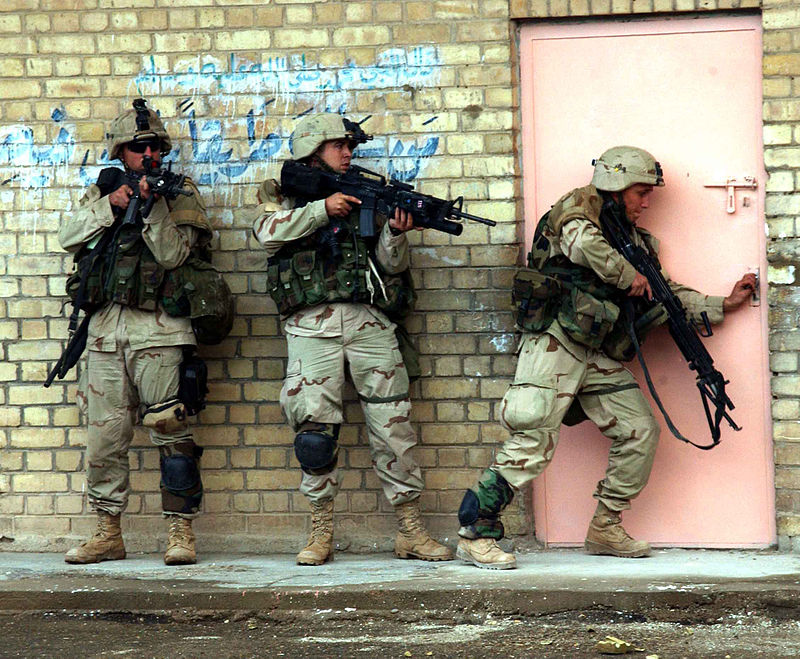
The New York Times details several stories of modern wartime photographers from both Afghanistan and Iraq in a 2011 article titled The Inner Lives of Wartime Photographers. In there, they even note Capa’s famous “get closer” advice translating this to the combat reality of “get more vulnerable” both literally and emotionally.
And this is true. Like a weapon, aimlessly pointing your camera at the conflict, snapping the shutter and ducking back behind the wall does not cut it. You have to be deliberate, wait of the moment and get it right. And as the camera is vulnerable during those moments, so is the photographer. And while the rules of war set forth in international conventions of armed warfare aim to protect those with cameras, let’s be honest: All is fair in love and war, meaning the artillery and/or enemy do not necessarily play by the rules.
“Covering conflict is perilous for anyone — reporters, local stringers, the drivers and interpreters we depend on — but photographers are more exposed, in at least two senses of the word,” the New York Times article says. “They need a sustained line of sight to frame their photographs; a reliable source is never enough. And they cannot avert their eyes; they have to let the images in, no matter how searing or disturbing.” And, as if fighting alongside the troops isn’t dangerous enough, sometimes photographers will talk their way into photographing alongside the enemy in order to get an even more well-rounded story.
The article shows the perils of this profession (done not only for pay but for idealistic reasons and/or for the enjoyment of it as well). It describes how many are either killed in action or, sometimes, take their own life later. Basically, the article details their sacrifices in bringing the war home visually. I encourage you to click the link here or above and read it!
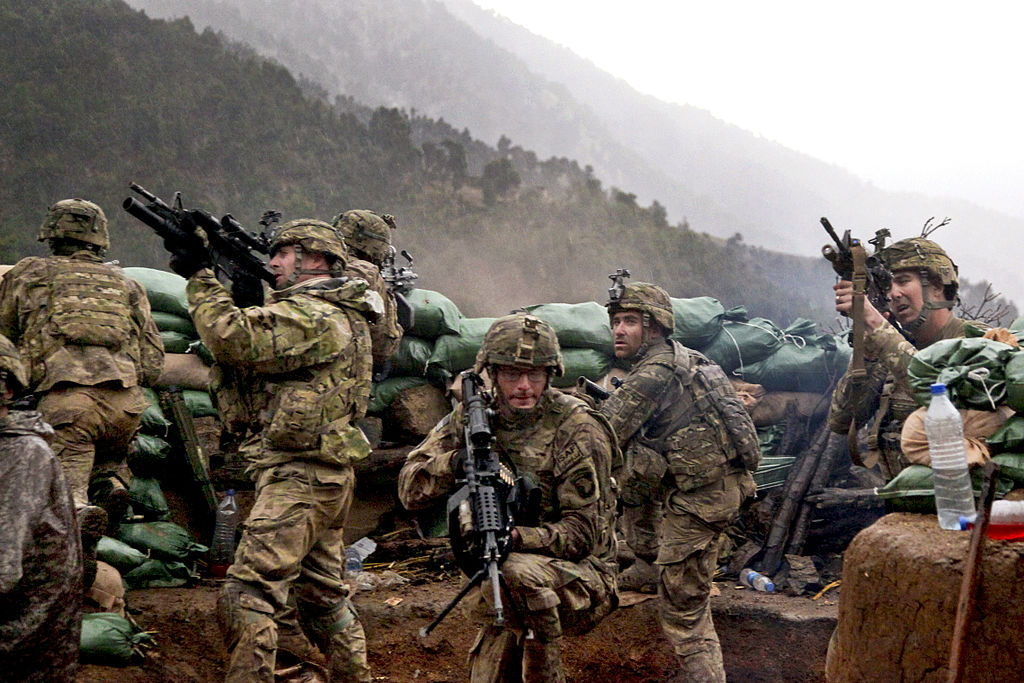
This is why I, as a photographer on Memorial Day, remember not only our soldiers’ sacrifices, but also those who have fallen on the front lines behind the shutter. Those who bravely stood up and pointed their cameras into the fray to make sure we will always see and visually remember why we take pause at this time each year.